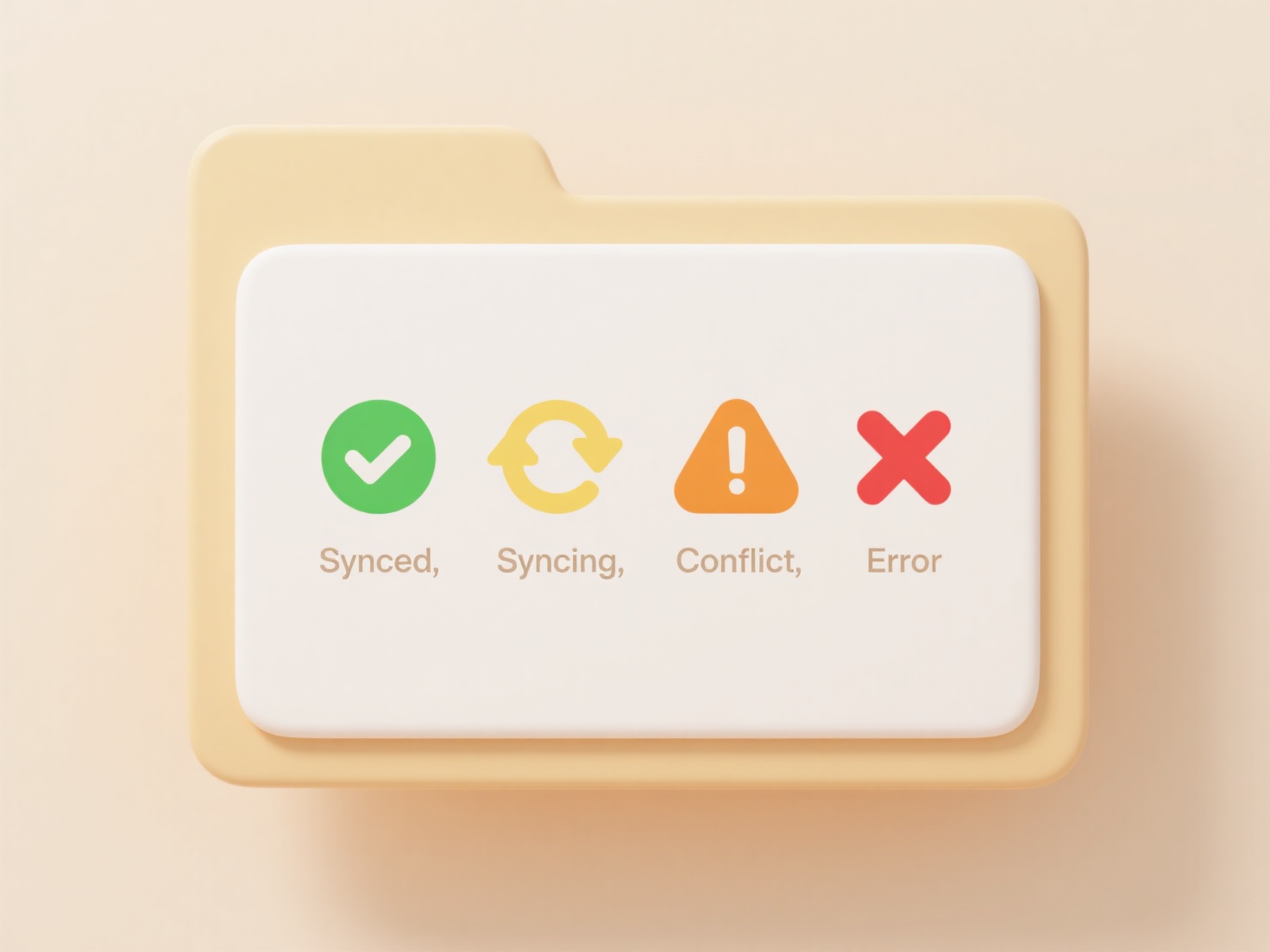
Restricted access means that only specific people you individually approve can view or edit a file or folder stored in Google Drive. By default, items you upload have restricted access, meaning they are completely private to you. This differs significantly from other sharing settings, like "Anyone with the link," where anyone possessing the link can access the content without needing explicit permission from you. It provides the tightest initial control.

For example, you might share a draft financial report solely with your manager and the finance team members before it's finalized. Personal users might restrict access to family photos only to named relatives using their email addresses. This setting is commonly used by businesses for sensitive internal documents, educational institutions for graded student work, and individuals managing personal privacy. You actively share by adding specific people's email addresses.
The primary advantage is enhanced security and privacy, reducing accidental or unauthorized exposure compared to link sharing. A key limitation is that each recipient must individually sign in to a Google account to access the file; anonymous viewing isn't possible. Ethically, it ensures user consent and privacy are maintained. Future developments may involve finer-grained permissions within named groups. This restriction necessitates careful management by the owner but is crucial for confidential data.
What does “restricted access” mean on Google Drive?
Restricted access means that only specific people you individually approve can view or edit a file or folder stored in Google Drive. By default, items you upload have restricted access, meaning they are completely private to you. This differs significantly from other sharing settings, like "Anyone with the link," where anyone possessing the link can access the content without needing explicit permission from you. It provides the tightest initial control.

For example, you might share a draft financial report solely with your manager and the finance team members before it's finalized. Personal users might restrict access to family photos only to named relatives using their email addresses. This setting is commonly used by businesses for sensitive internal documents, educational institutions for graded student work, and individuals managing personal privacy. You actively share by adding specific people's email addresses.
The primary advantage is enhanced security and privacy, reducing accidental or unauthorized exposure compared to link sharing. A key limitation is that each recipient must individually sign in to a Google account to access the file; anonymous viewing isn't possible. Ethically, it ensures user consent and privacy are maintained. Future developments may involve finer-grained permissions within named groups. This restriction necessitates careful management by the owner but is crucial for confidential data.
Related Recommendations
Quick Article Links
What are the best search tools for macOS power users?
For macOS power users seeking advanced file and system search capabilities, Spotlight provides basic functionality but a...
What are some ways to back up large photo collections efficiently?
What are some ways to back up large photo collections efficiently? Efficiently backing up large photo collections invo...
Why don’t cloud files appear in system search?
Cloud files, such as those stored in services like Dropbox or Google Drive, are not always stored physically on your com...